Your Guide For Resolving Unexplained Lower Back Pain
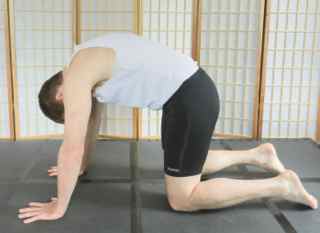
Welcome to Lower Back Pain Answers!
I’m Stephen O'Dwyer, Neuromuscular Therapist and pain relief researcher.
I've been helping individuals achieve lasting relief for lower back pain and chronic pain of all kinds for 30 years.
Forging a New Path of Relief
contents |
Shedding Light on Unexplained Lower Back Pain
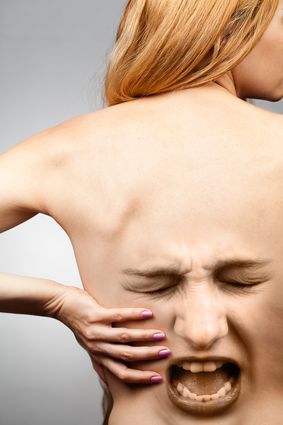
Unexplained back pain affects a significant portion of the global population. According to the World Health Organization (WHO), it is one of the leading causes of disability worldwide, affecting up to 80% of people at some point in their lives.
|
“Musculoskeletal conditions are the leading contributor to disability worldwide, with low back pain being the single leading cause of disability in 160 countries.”¹ |
But despite its prevalence, a significant number of people with lower back pain receive no clear diagnosis and no effective treatment.
Studies suggest that up to 85% of back pain cases are classified as non-specific, meaning that the underlying cause cannot be identified.²
The absence of a clear diagnosis is not only frustrating for patients who continue to suffer from debilitating pain, but can lead to significant stress and anxiety. Without knowing the cause of the problem, patients may wonder and worry if the problem will never be resolved.
The obvious question we need to ask is:
Why?
With the most sophisticated medical technology and training the world has ever known at our disposal, why do so many suffer from back pain that seems to have no explanation?
To answer, we need to look at our medical model.
Blind Spots in Our Medical Model
Despite the profound technological advances of our Western medical model, it still suffers from significant blind spots.
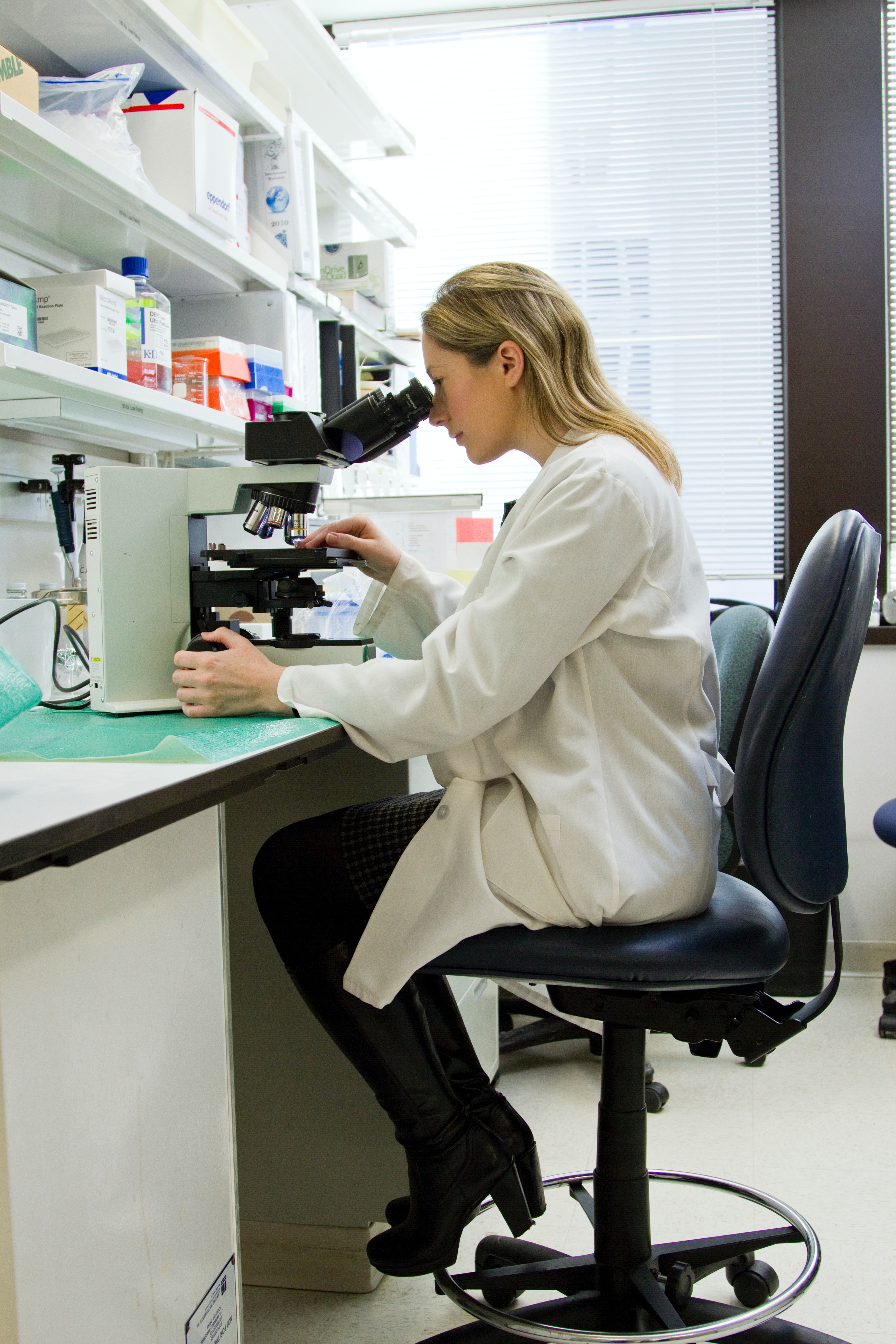
Consider this:
Our muscles make up 40% or more of our total body weight, and yet medical doctors receive very minimal training in the musculoskeletal system and functional anatomy.
Instead, medical schools focus attention on joints, nerves, bursae, and bones. There are times, of course, when these are the source of pain. But a much higher percentage of lower back pain cases -- those in the “non-specific” category -- are rooted in muscular problems.
When MRIs, X-rays, CAT Scans and other tests come back normal, the likelihood increases dramatically that the root problem is muscular in nature.
In order to see this more clearly, let’s look at the 5 primary ways in which pain can arise in muscles.
five Primary Causes of Musculoskeletal Pain
A NEUROMUSCULAR PERSPECTIVE
As a Neuromuscular Therapist, my frame of reference is the relationship between the nervous system and the muscular system.
From this vantage point, there are 5 primary causes of pain:
1. Ischemia (pronounced: Iz skeem ee ah)
Ischemia in muscles refers to a lack of blood flow leading to reduced oxygen and nutrient delivery, which can cause pain, muscle dysfunction, and the buildup of toxins.
2. Myofascial Trigger Points
Myofascial Trigger Points are hyperirritable nodules in skeletal muscle and fascia that can cause local or referred pain, tenderness, and muscle dysfunction.
3. Nerve Compression or Nerve Entrapment
Nerve compression is pressure on a nerve caused by bone or intervertebral disc (often caused by muscle imbalances) while nerve entrapment is the pinching or catching of a nerve by soft tissues (muscles and fascia).
4. Postural Distortion
Postural distortion (often caused by muscle compensation) is an abnormal alignment or positioning of the body that deviates from an upright posture. Postural distortion, which is frequently caused by pelvic torsion, can lead to significant joint and muscle strain, and can negatively affect breathing, circulation, and organ function.
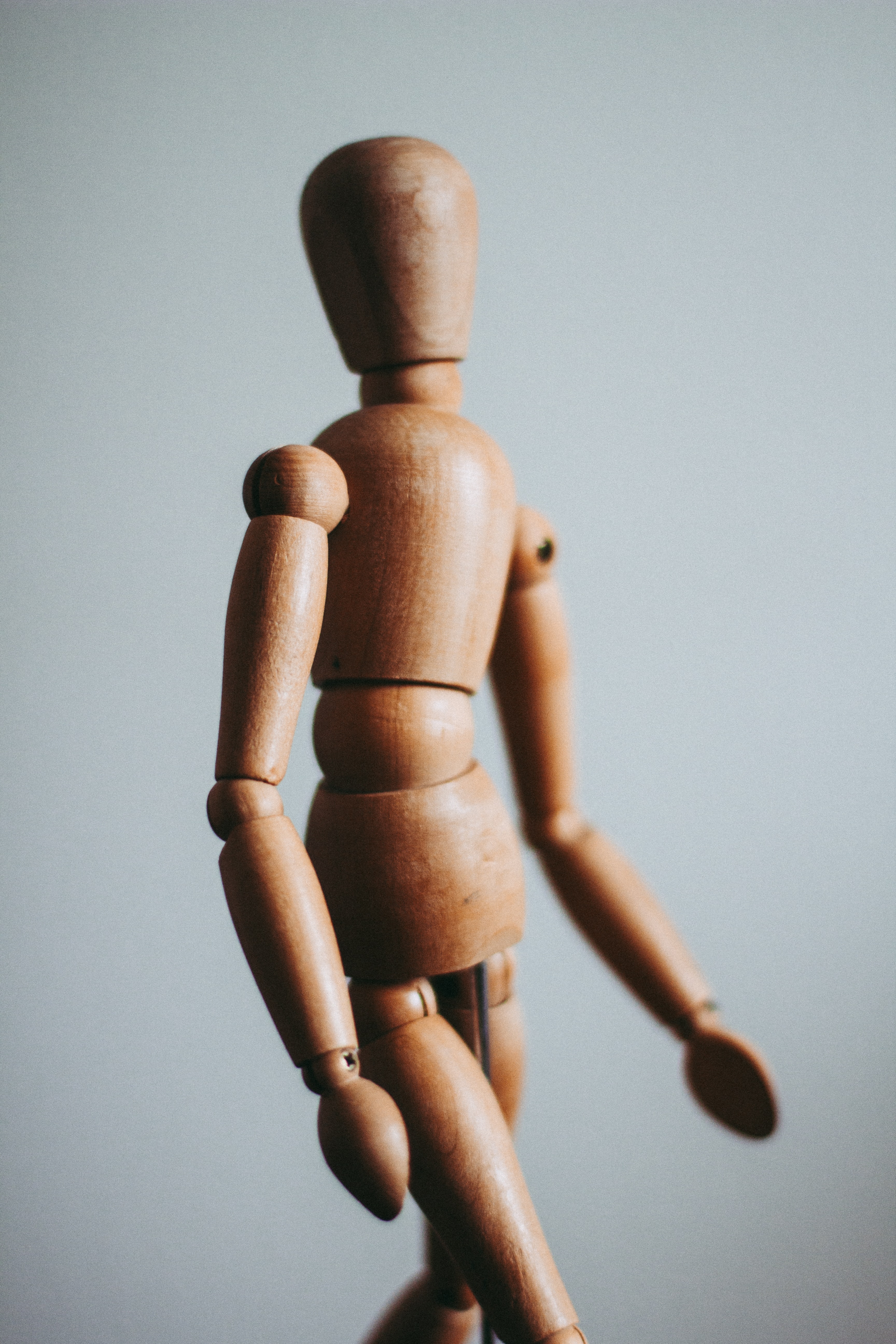
5. Dysfunctional Biomechanics
Dysfunctional biomechanics refers to an impaired movement pattern or coordination of the musculoskeletal system that can lead to decreased function, increased injury risk, and chronic pain.
These five primary causes can contribute to, and can exacerbate, one other.
Without proper training in the muscular system and functional anatomy, these five causes can lead to a complex presentation of symptoms that are confusing and virtually impossible to diagnose.
But such pain and symptoms CAN be both understood and treated.
What’s required are strategies that address the underlying causes and conditions.
Self-Treatment for the 5 Primary Causes of Pain
Years ago, I was receiving a lot of inquiries for help from individuals who lived too far away from my clinic in Vermont to be able to come for treatment.
Many were desperate for help. They weren’t finding answers for the unexplained pain they were suffering from and often asked if there was any way I might be able to help them.
It was then that I started on the road of developing self-treatment protocols that didn’t require the assistance of a health practitioner.
First, I began to outline and organize the techniques and methods I used every day with my own clients.
The goal was to create accessible and coherent strategies that anyone, anywhere could use.
This required a “big picture” view of the 5 primary causes of outlined above. I needed to answer 3 questions:
1. What common thread connected all 5 primary causes?
2. What strategies would best address this common thread?
3. What strategies would help the most people and the widest range of problems?
From this inquiry, two complementary strategies emerged.
Two Things I Almost Always Do in Treatment
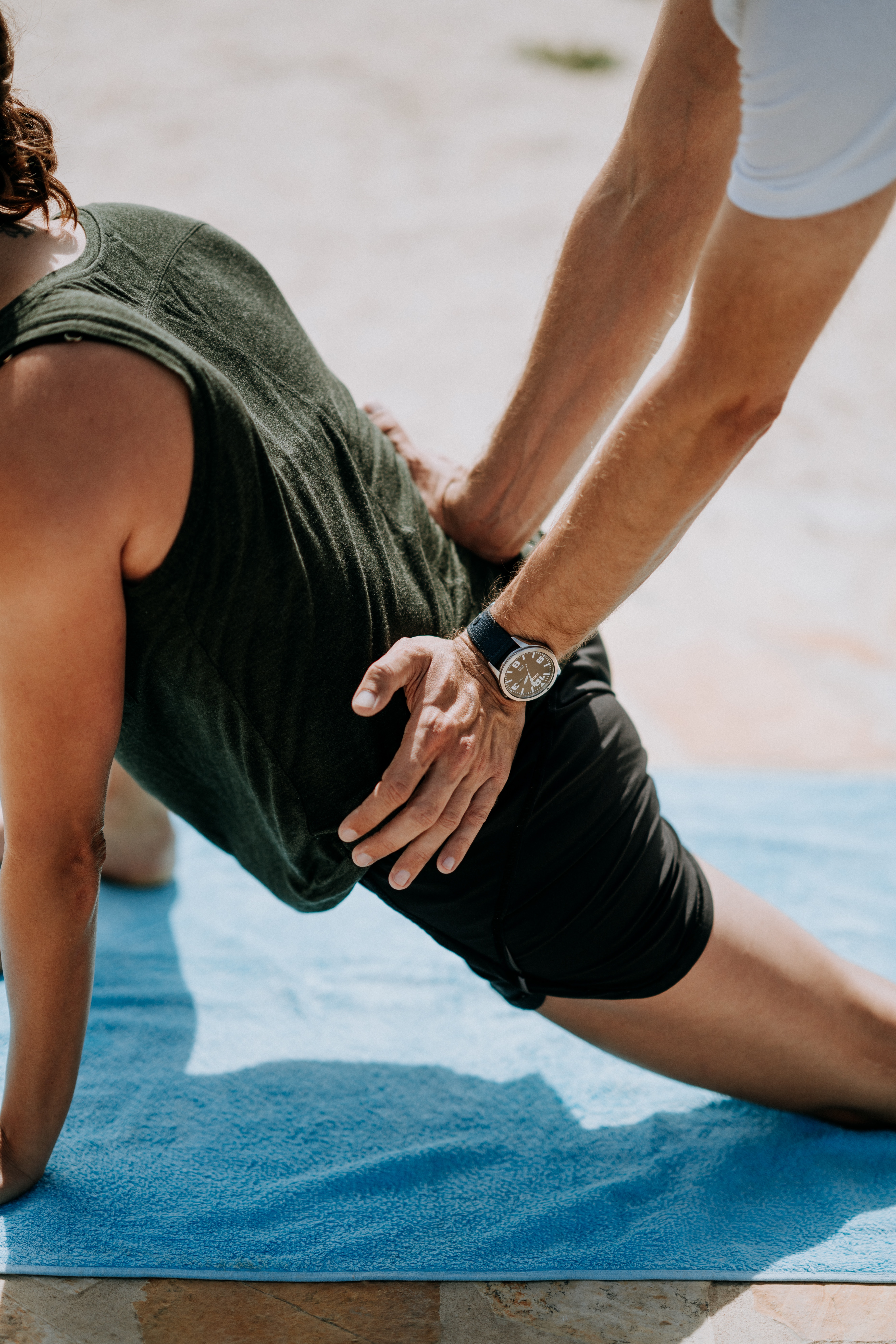
As I thought about the methods I utilized most often with my clients, I observed two strategies, two courses of action, that I almost always incorporated in my treatment sessions:
The first thing I almost always incorporated:
1) I would identify and improve the length and flexibility of all locked short muscles.
Locked short muscles: These are muscles that are in a state of constant contraction and shortened in length. This can lead to restricted joint range of motion, pain, and altered movement patterns.
While locked short muscles can be painful themselves, the are often NOT symptomatic and therefore they can remain hidden from view. That means that, despite the distorting power of locked short muscles, they can be completely overlooked in treatment.
This is why just treating just “where it hurts” often fails to relieve pain in a lasting way.
The second thing I almost always incorporated:
2) I would correct pelvic torsion in order to resolve functional leg length discrepancies and restore balanced alignment.
Over the course of 30 years in private practice, I’d observed that a very high percentage of my clients had some degree of pelvic torsion.
Pelvic torsion: A widespread, but poorly understood condition that causes a functional leg length discrepancy. This knocks the body out its neutral relationship with gravity and forces chronic muscular compensation.
The result can be postural distortion, impaired biomechanics, significant pain and sometimes bewildering symptoms.
When pelvic torsion is present and not addressed, other treatment methods have no lasting effect because the underlying problem has not been addressed.
Two Self-Treatment Strategies You Can Apply at Home
Self-Treatment Strategy #1:identify and lengthen ALL locked short muscles.Lengthening ALL locked short muscles can have a tremendous settling effect on the whole body structure. Another way of saying this is to, improve global flexibility. By “global flexibility” we mean flexibility from head to toe. Why does this work to relieve back pain and pain throughout the whole body? Because the body is a tensegrity structure where everything connects to everything else. Learn more about tensegrity and improving global flexibility… |
Self-Treatment Strategy #2:Resolve pelvic torsion in order To restore a neutral upright posture.The painful compensatory muscular patterns that can result from pelvic torsion and a functional leg length discrepancy cannot be resolved without resolving the root problem. Pelvic torsion must be corrected in order to have lasting success with persistent pain and symptoms caused by this problem. Are your pain and symptoms rooted in pelvic torsion? Learn more about pelvic torsion and painful muscle compensation patterns... |

|
CURRENT COURSES POSTURAL BLUEPRINT FOR CORRECTING PELVIC TORSION: The Complete Guide To Restoring Pelvic Balance (2022) STRETCHING BLUEPRINT FOR PAIN RELIEF & BETTER FLEXIBILITY: The Complete Guide to Pain-Free Muscles Using Active Isolated Stretching (2020) HEALING THE HIDDEN ROOT OF PAIN: Self-Treatment for Iliopsoas Syndrome (2013) FREE MINI COURSE: Introduction to Active Isolated Stretching |

